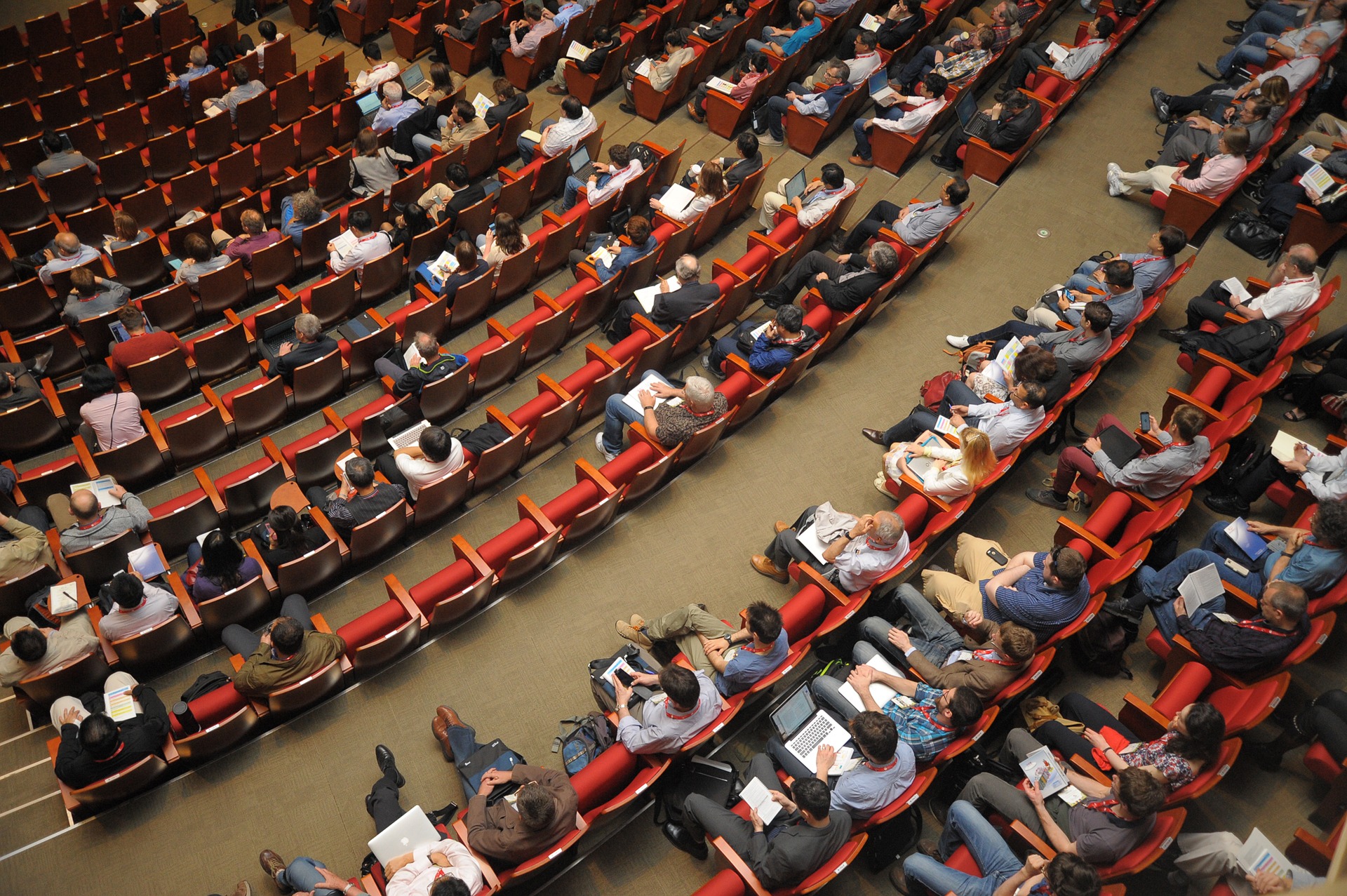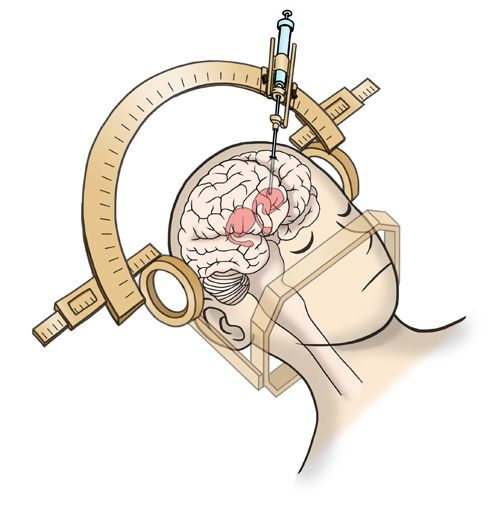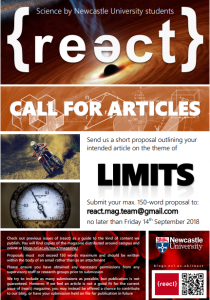by Annie Derry
Nobody wants to get older, but ageing is a fact of life. Nearly everyone tries to combat its effects, whether it’s by eating superfoods or buying anti-wrinkle cream. However, there are some age-related diseases that seem to be unavoidable due to our lifestyle or our genes.
As life expectancy increases due to better healthcare, so does the proportion of older people (usually medically defined as those over 65 years old) within the population. Studies about how older people are viewed and attitudes towards ageing have never been more relevant, and some studies have found that a positive attitude towards ageing can have substantial impact on health and life expectancy.
Normal healthy ageing, or ageing processes that occur without the interruption of disease, are an inevitable part of life. These are the processes that cause greying hair, weakened joints and gradual cognitive decline amongst other things. We are still learning about ageing. It was thought until relatively recently that the neurons in our brain die as we grow older; however, it has become apparent that, without the presence of pathologies like Alzheimer’s disease, our brain cells remain almost totally intact until we die. This suggests that our cognitive capabilities should also remain, and studies have shown that we tend to assume our brain function is worse than it really is as we age.
Ageing stereotypes – fact or fiction?
It is understandable that as we grow to know more about ageing processes and diseases that we tend to focus more on the negatives. Studies such as the Longitudinal Ageing Study have been working to address these perceptions. The study suggests that, in general, members of the public tend to believe that older people are unhappier, lonelier and have fewer social interactions than they do in reality.
It seems that the stigmas associated with old age leave us with a skewed impression of how older people feel about their life situation. It has actually been found that older people are more satisfied, fulfilled, emotionally stable and more able to handle complex situations than younger counterparts!

Attitude vs outcome
It is quite well accepted that a good attitude towards life in general is thought to have a positive impact on a person’s health and well-being. It seems that this becomes of particular importance as a person grows older. This is mainly due to the fact that people who think and act like they are younger than their age are more likely to be physically active and engage in more social situations than a person who views themselves as “too old”.
An example of how such attitudes can affect health is when men experience premature baldness. Baldness is a trait associated with ageing, and in a study conducted by Ellen Langer, a Harvard professor, it was found that men experiencing premature baldness had a higher incidence of age-related health problems than men without this issue. This suggests that these men might feel older than they really are, and that the feeling of premature ageing could lead to more age-related issues. Langer also found that people whose partners are significantly older than themselves tend to experience age-related health problems at a younger age. The same study suggests the opposite is true for people with younger spouses. This indicates that a younger lifestyle may help to combat the effects of ageing for longer.
There is still so much to explore in relation to healthy ageing and combatting cognitive and physical decline. Unfortunately, some of us will always be susceptible to age-related disease according to our genes and the influence of our environment. A positive attitude towards ageing cannot stop the process. However, there is definite evidence to suggest that positive thinking towards our impending older years have the potential to increase our quality of life. Positivity can act as a self-fulfilling prophecy to help us to be happier and healthier for longer.
Interested in learning more? This blog post was based on:
André Aleman – Our Ageing Brain
The Longitudinal Aging Study Amsterdam
“Good news about the ageing brain”








